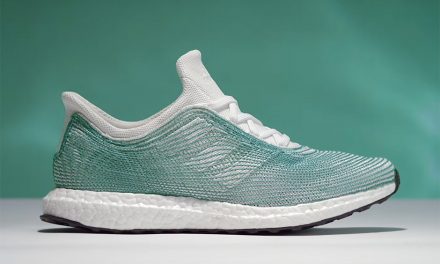Lower Home Temps, Lower Waist Measurement
Investigators from Japan have shown that the heat in our homes, during the colder months, can have an effect on our waistlines.
The study’s lead investigator, Keigo Saeki, MD, PhD, of Nara Medical University School of Medicine Department of Community Health and Epidemiology, Nara, Japan, said their study showed that elderly adults are bigger around the middle when they turn up the heat inside their homes during the cold season and have smaller waistlines when their homes stay cool; exposure to the cold activates thermogenesis (the production of body heat) in brown fat. This type of fat is the good calorie-burning fat that most humans have. He said, “Although cold exposure may be a trigger of cardiovascular disease, our data suggest that safe and appropriate cold exposure may be an effective preventive measure against obesity.”
For the HEIJO-KYO study there were 1,103 participants with an average age of 72. All stayed home during the daytime and almost 47 percent of the group were men. From 2010-2014, the subjects had their abdominal, or waist, circumference measured before the study began each October and then after it ended each April (waist circumference measures belly fat and can help predict the risk of developing diseases like diabetes and heart disease).
The researchers measured the participants’ indoor home temperature every 10 minutes for one 48-hour period in the daytime during the same cold season and then divided them into four groups based on their average indoor temperature during the daytime.
From the Science Daily article:
“Results showed that the 64 participants whose indoor temperatures were lowest (50°F or lower/10°C or lower) had an average waist circumference of 32 inches (81.3 cm). Their waist measurement was 1.4 inches smaller than that of the 164 participants with the highest housing temperature (68°F or higher/20°C or higher), whose waistlines measured 33.4 inches (84.9 cm) on average. This difference was statistically significant, according to the researchers, and remained significant when they adjusted for factors including age, sex, physical activity, total calorie intake and socioeconomic status.”
Our waists are a good indicator of future disease risk; for women a waist circumference greater than 35 inches (88 cm) can predict future risk and in men it’s more than 40 inches (102 cm). There’s no time like the present to begin to take your health seriously. I did years ago and I’ve never been sorry. Check out my story here for information (and help) on how you too can live a healthier life.
Source: Science Daily












